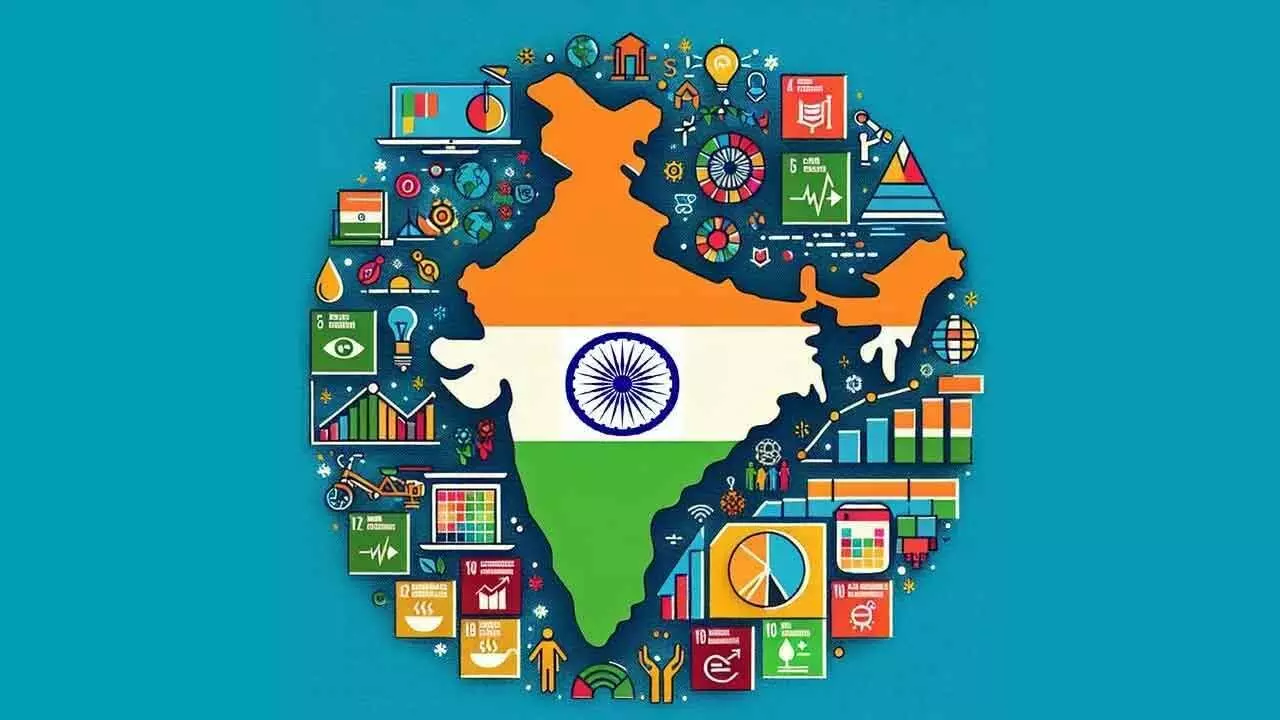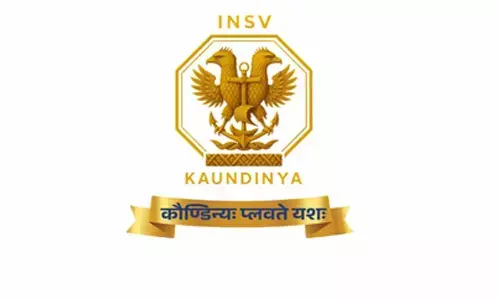Pore over Viksit Bharat prospects, challenges

On Wednesday, Prime Minister Narendra Modi took a heartening note that his government’s ‘Make In India’ initiative had successfully completed 10 years, witnessing many a great change in various sectors, paving for an impressive growth in goods value as well as employment. He sounded jubilant and exalted that, “The impact of Make in India shows that Bharat is unstoppable.” Of course! He is justified in taking pride and giving credit to the 140 crore Indians for transforming the nation into a manufacturing and innovation powerhouse. It’s true the growth has been impressive – sometimes ‘astronomical’ in the worlds of the PM – in various sectors such as steel, energy, defence.
Politics aside and going by the figures, one does not deny PM Modi plaudits by experts, and commoners, for steering the country from a sluggish phase to a stage where the entire world is bullish about its pace and keen to partake of its success.
At a time when the country was faced with critical challenges in sustaining its development trajectory, the Modi government launched the ‘Make in India’ initiative on September 25, 2014 with ‘Vocal for Local’ thrust to transform India into a global hub for design and manufacturing. The Result: India’s GDP grew from $2 trillion to $3.7 trillion in the period 2014-2024, an increase of $1.7 trillion, or Rs 181 lakh crore. This is despite the global pandemic. India attracted $667.4 billion in FDI from 2014 to 2024, a 119% increase over the previous decade. It is said that FDI equity inflows into the manufacturing sector increased by 69% over the same period. Jamie Dimon, chairman and CEO, JPMorgan, America’s biggest bank, has recently said India can become a $7-trillion economy by the end of the decade. There are many more, of course.
The Modi government did try to pay heed to the humane imperative of growth, too. The PM stresses on job creation to increase the purchasing power of common man, which in turn would boost demand and consumption, and, thus, benefit investors. The total employment in India increased from 47.15 crore in 2014-15 to 64.33 crore in 2023-24, an increase of about 17.19 crore.
While “Make in India 1.0” focussed on 14 sectors, the “Make in India 2.0” would expand its coverage to 27. Major programmes like Production Linked Incentive (PLI) Schemes, PM GatiShakti, the National Logistics Policy, and tax reforms like GST were launched and being continued to drive economic growth, job creation, and global competitiveness. It is not an exaggeration to state that today the nation is dreaming big to be an Atmanirbhar India as well as a Viksit Bharat.
Nevertheless, of late, there have been serious concerns that India has been witnessing a ‘jobless growth’ with youth unemployment of up to 40 per cent. Employment has to grow 4-5 per cent to absorb surplus labour, it is being stressed. Going forward, manufacturing will be less and less labour-intensive. Add to it the fact that as much as 40% of India’s workers are employed in the typically inefficient agricultural sector. There is a need to shift the surplus labour to formal sector. However, labour-intensive textiles, garments, leather, apparel and jewellery are losing edge to other countries. Such sectors need the same support extended to heavy industries in the form of Production Linked Initiative (PLI). Modi government is faced with its biggest challenge in pushing through the much-needede structural reforms, deepening which alone, in agriculture, labour codes and land acquisition, will expedite growth, but progress is elusive since the bloc INDIA is in the way and insists on status quo with moribund reforms.


















